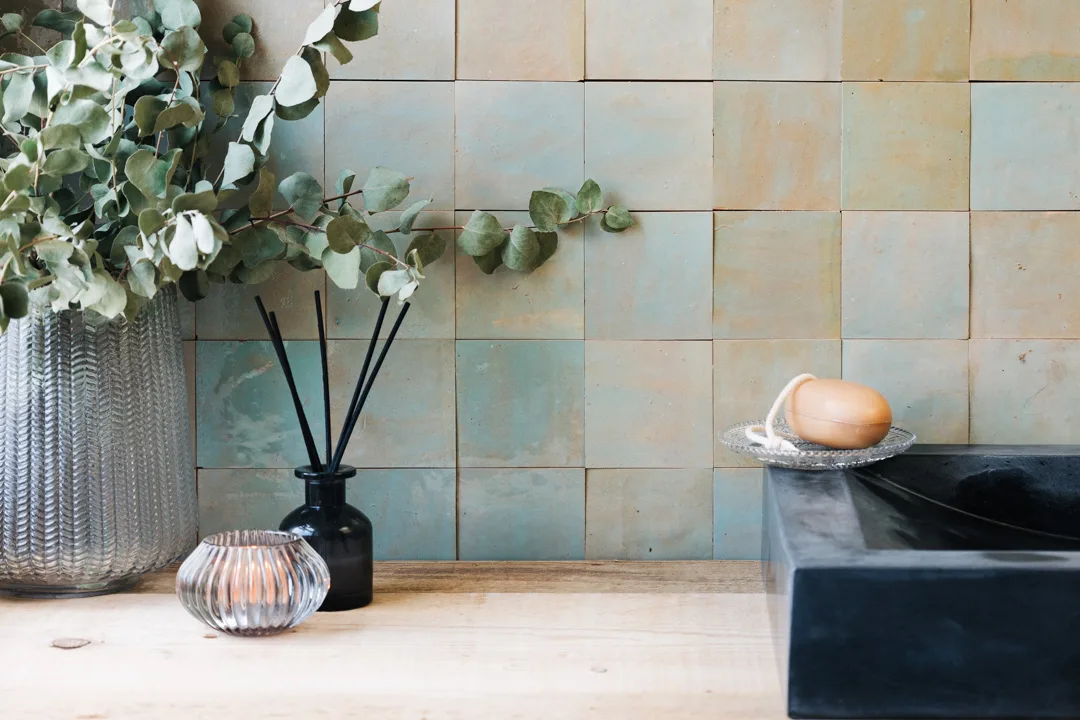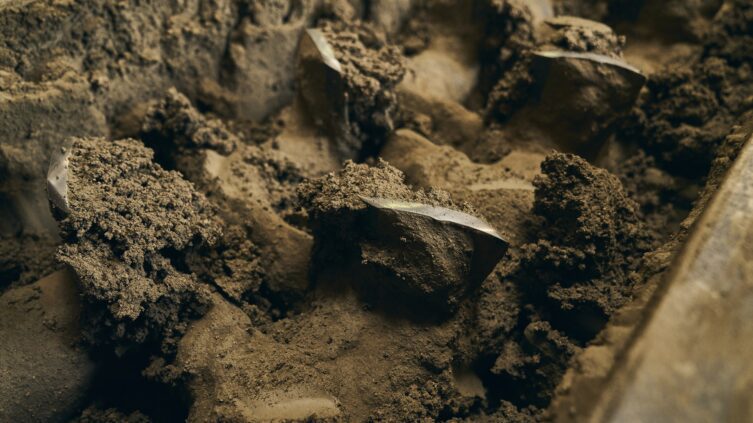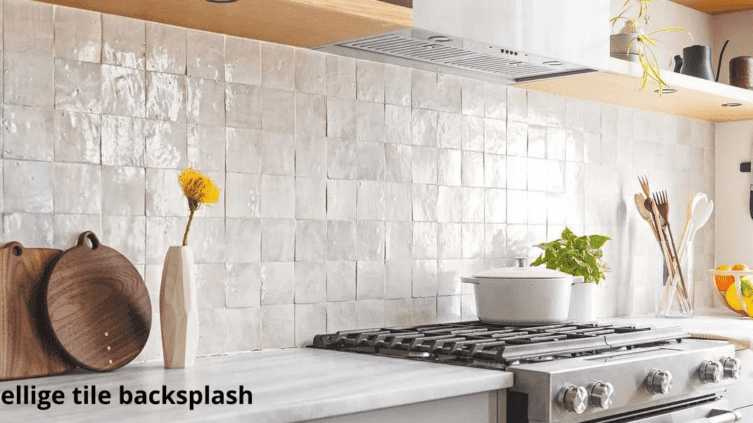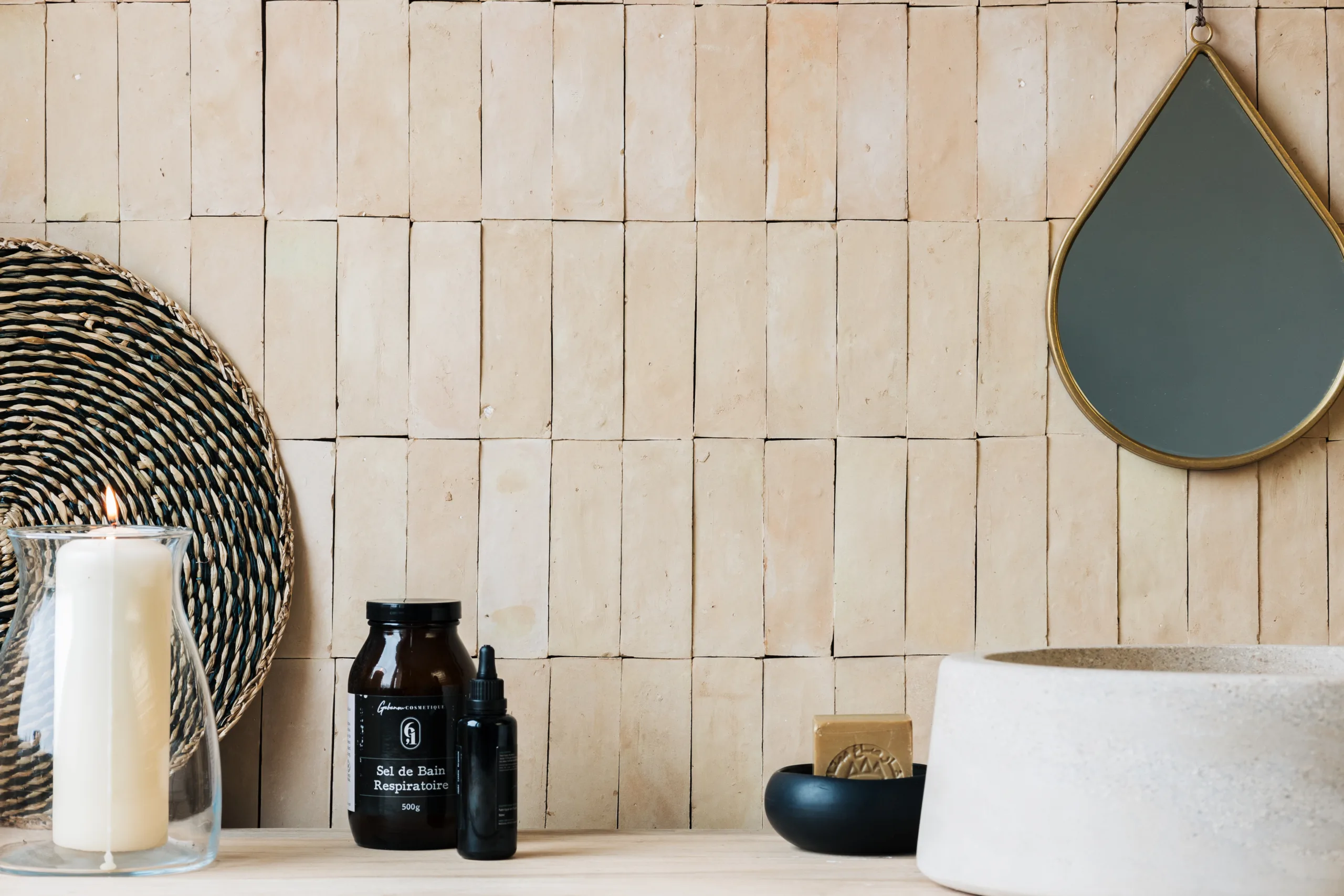What Are Zellige Tiles?
Zellige tiles are traditional handcrafted Moroccan ceramic tiles that are known for their striking, vibrant colors, intricate geometric patterns, and glossy, almost iridescent finish. These tiles have been a hallmark of Moroccan design for centuries, used in everything from grand palaces to public spaces, but their timeless beauty has made them increasingly popular in residential projects today. Available primarily in square and rectangular shapes, zellige tiles can transform any room with their luxurious, yet earthy charm.
Their versatile appeal makes them a perfect choice for residential settings, including kitchens, bathrooms, and even floors. Their unique craftsmanship, coupled with their ability to add both visual interest and a cultural touch to interiors, makes them an excellent choice for homeowners seeking to create a one-of-a-kind atmosphere. Whether you’re renovating a kitchen backsplash, designing a stylish bathroom, or installing unique flooring, zellige tiles can elevate any space with elegance and artistry.
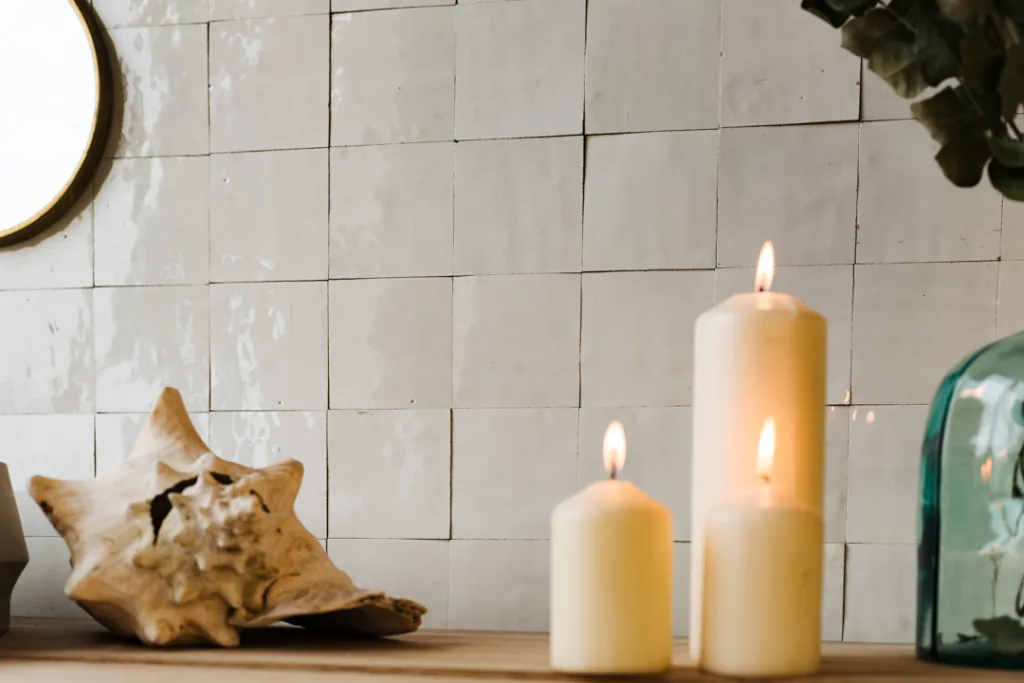
How Zellige Tiles Are Made
Zellige tiles are made using a traditional Moroccan method that requires considerable skill and craftsmanship. The process begins with the harvesting of clay, typically from riverbeds, which is then shaped by hand into individual tiles. Once the tiles are formed, they are left to dry before being glazed with a unique, vibrant finish. After glazing, the tiles are fired in a kiln, which gives them their characteristic glossy sheen and solidifies their structure.
Each tile is carefully hand-cut, and it’s this artisan craftsmanship that gives zellige tiles their signature uneven edges and slightly varied dimensions. These qualities are part of what makes zellige so distinctive and beautiful. No two tiles are exactly the same, and this slight variation creates a more dynamic, organic look when installed, which is part of the charm of zellige tiles.
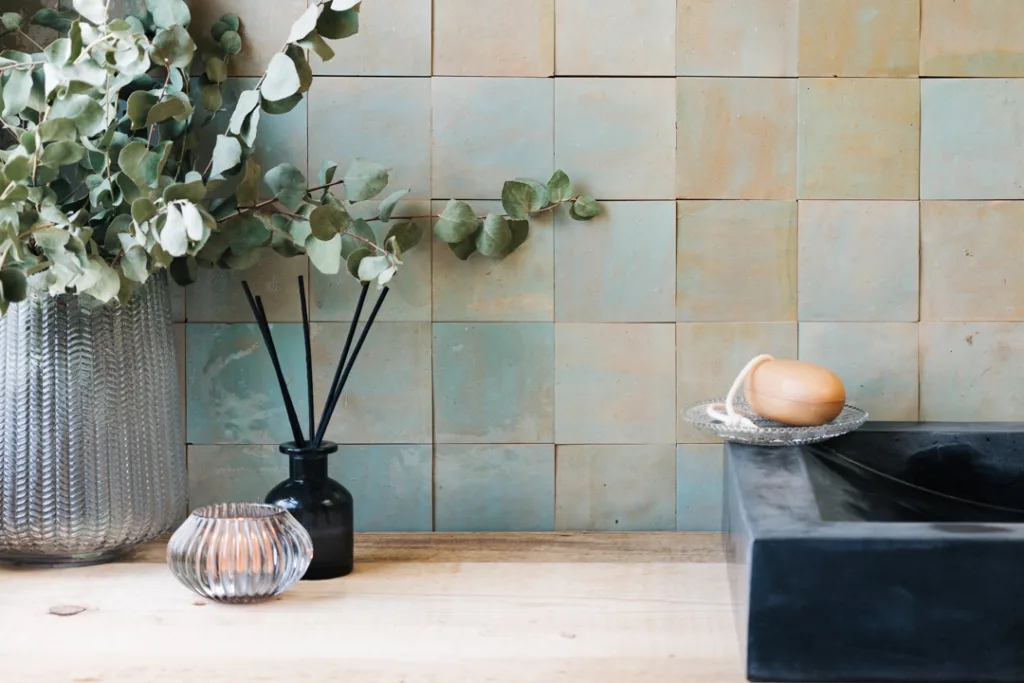
Why Zellige Tiles Are Increasingly Popular in the U.S.
In recent years, zellige tiles have grown in popularity in the United States, particularly among homeowners and designers seeking a more unique and culturally rich alternative to traditional ceramic tiles. As consumers look for ways to create spaces that reflect personal style and an appreciation for craftsmanship, zellige’s handcrafted nature and striking visual appeal have made it a sought-after material.
The growing trend of embracing global and sustainable design elements has also contributed to zellige’s rise. With its roots in Moroccan culture, zellige tiles bring an artisanal and authentic touch that resonates with those who value craftsmanship and cultural storytelling. Additionally, the rise of bold, colorful design in home interiors and the increasing interest in Mediterranean and Moroccan-inspired aesthetics have positioned zellige as a top choice for residential spaces.
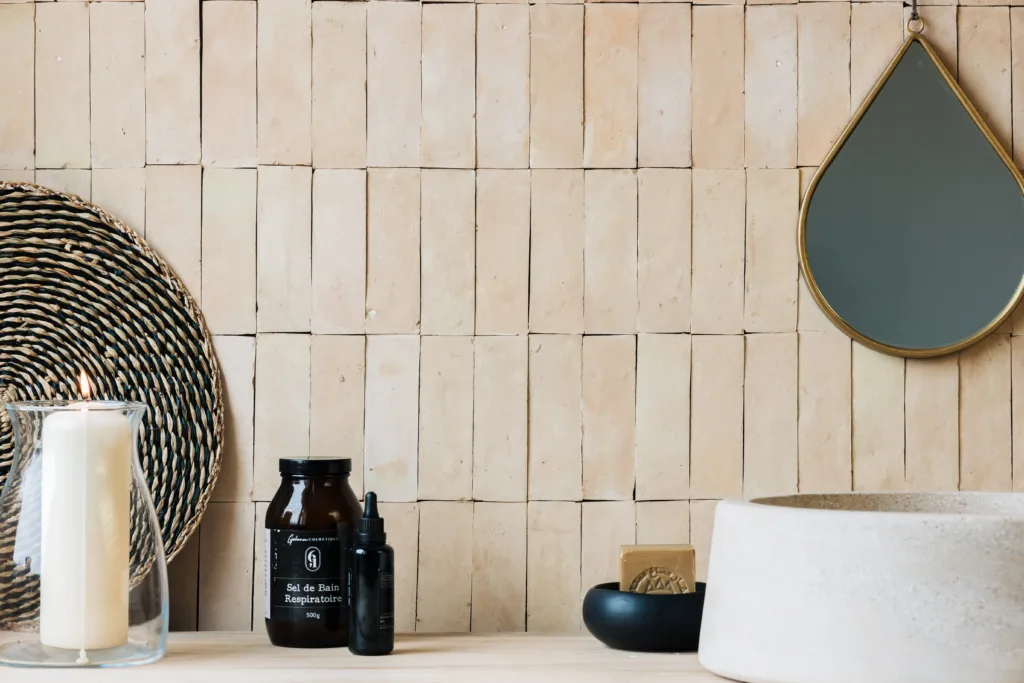
How to Install Zellige Tiles
Installing zellige tiles requires careful attention to detail due to their handmade nature and slight dimensional variations. While the installation process is similar to that of standard ceramic tiles, there are a few things to keep in mind when working with zellige tiles:
-
Surface Preparation: As with any tiling project, begin by ensuring the surface is clean, smooth, and level. Any imperfections in the surface will affect the final look of the tile installation.
-
Dry Lay the Tiles: Before applying adhesive, it’s a good idea to dry lay out tiles first. This will help you visualize the layout and ensure that the tiles are placed in the most aesthetically pleasing arrangement. Zellige tiles often have slight variations, so it’s essential to arrange them carefully to create a balanced design.
-
Applying Adhesive: Use a high-quality thin-set adhesive that is suitable for ceramic or porcelain tiles. Apply the adhesive using a notched trowel, and press each tile firmly into place.
- Sealing: Sealing is not typically necessary, as the glaze acts as its protection. Unglazed zellige, however, should be sealed. A penetrating sealer will help protect the tiles from staining and make cleaning easier. Skip this step if you are using a glazed zellige tile.
- Grouting: Once the adhesive has cured, apply grout between the tiles. Opt for a grout color that complements the tiles but doesn’t overpower their natural beauty. Keep in mind that zellige tiles often have slightly uneven edges, which adds to their charm, but may require extra care during grouting to avoid grout buildup along the edges.
-
Care: While zellige tile are prone to cracks, pits, and small chips, they are all in all quite durable. Thus, they are quite easy to care for. An occasional cleaning is all it takes to preserve their bauty, and infact slight agin will really enhance their look.
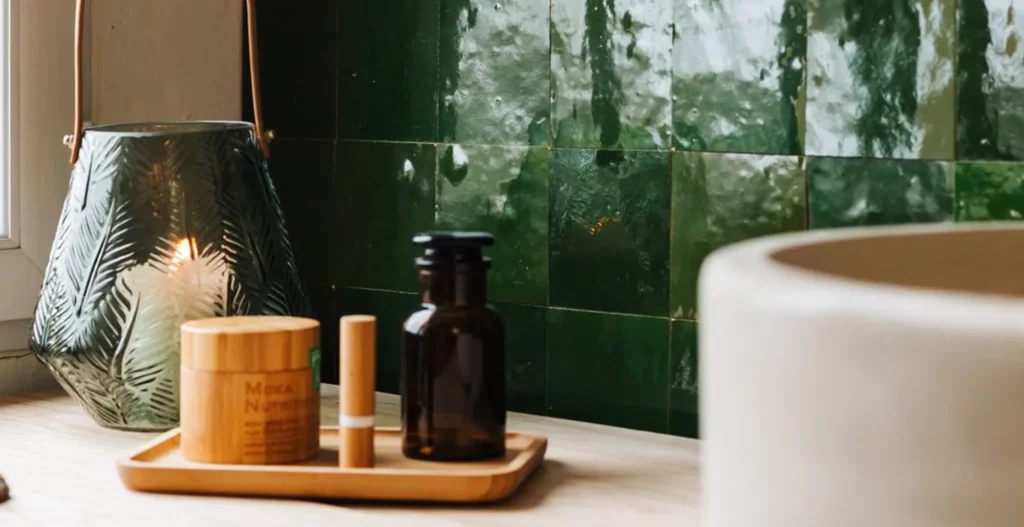
Buying Zellige
Authentic zellige is handmade and imported from Morocco, so they can be somewhat expensive. use the link below to shop the best quality products on the market, and at among the most competative pricing.
